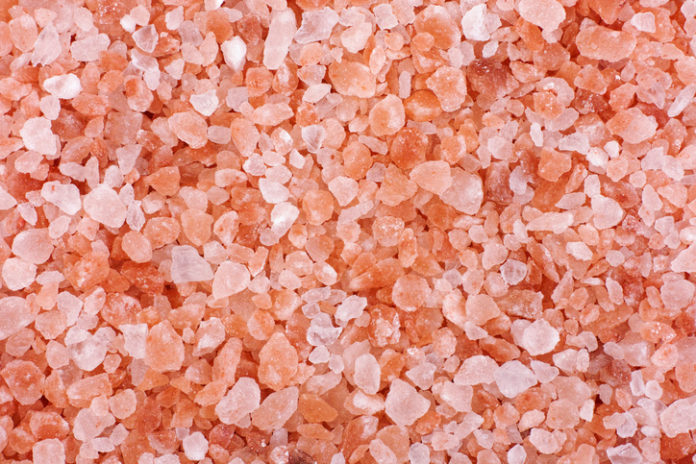The Best Kind of Natural Salt
October 22, 2018
There has been a lot of press recently about the amount of micro plastics found in Sea Salt. In some cases the amount was 90%. That is alarming, so what choices should you make and why?
Best Kind of Natural Salt?
It is important to note the difference between naturally occurring salts and isolated NaCl (table salt- sometimes with iodine added). In general, what we just call “salt” can be one of three types: Table salt, Sea Salt or Rock Salt.
Table Salt
Table Salt is the salt you find on restaurant tables and on processed food. It is an industrial product made in factories and heated to over 1000 degrees. Often, aluminum hydroxide (an anti-caking agent) and other chemicals are added, along with iodine (which has its own cautions and which should be consumed in natural sources in ratio with selenium).
This is the salt often used in studies about sodium consumption. Large amounts of these elements in isolation, especially with added iodine, which can potentially lead to thyroid problems, may be causing more harm than good. In fact some research is exploring the possibility that sodium chloride in isolated form could be one of the factors in the increase in autoimmune disease in recent decades. (source)
This type of salt is also devoid of the natural minerals found in naturally derived salt.
If you have been diagnosed with Hashimotos, avoid table salt completely.
Sea Salt
As the name suggests, sea salt is salt mined from the sea. It is higher in minerals than table salt, and considered a more natural form. There are many variations of Sea Salt and the quality varies greatly. I’ve used Celtic Sea Salt and Real Salt. Both have a wide range of trace minerals but on these recent findings I am ditching the sea salt.
The recent studies have shown that the sea salt you sprinkle on your gourmet meal or dessert might contain a not-so-desirable additive – microplastic.
That’s according to a new environmental study that found that 90 percent of the salts sold globally contain microplastics. Sea salt had the highest level of concentration, the study found.
Researchers from South Korea and Greenpeace East Asia analyzed 39 salt brands from 21 countries including the U.S., China and Europe. Thirty-six of the brands were contaminated with the plastic fragments.
Himalayan Salts
Himalayan salt is a type of rock salt mined from ancient salt beds in the Himalayan mountains. Since these salt beds are ancient an dried, they don’t have the contamination risk of modern sea salts and contain dozens of other trace minerals.
“Himalayan Pink Salt has a rich mineral content that includes over 84 minerals and trace elements such as: calcium, magnesium, potassium, copper and iron. This salt is recognized for its beautiful pink color, high mineral content, and its therapeutic properties. Regular consumption of Himalayan Pink Salt provides essential minerals, trace elements, balances electrolytes, supports proper nutrient absorption, eliminates toxins, balances the body’s pH, normalizes blood pressure, and increases circulation and conductivity. It can also assist with relief from arthritis, skin rashes, psoriasis, herpes, and flu and fever symptoms.”
This is the type of salt is the Gold Standard and while we use it, we are going to use exclusively from now on.
The Bottom Line
Biological need for salt varies by individual depending on age, activity level and health conditions. Always do your own research and check with a medical professional, especially if you have any medical conditions.
I hope you have found this article helpful ?
Have a healthy week and we are back from a fabulous Italian vacation.
More on what I learned from our trip away next week.
Ciao Dr Pia
